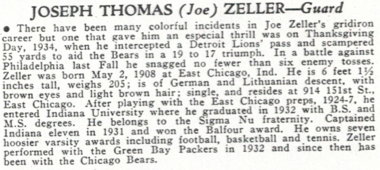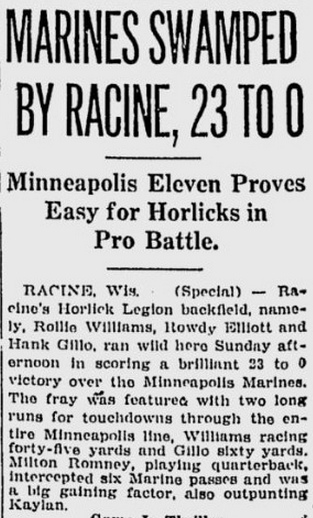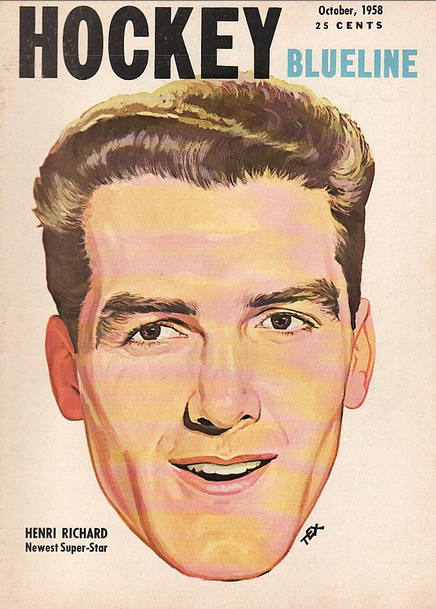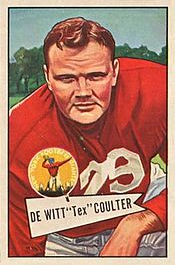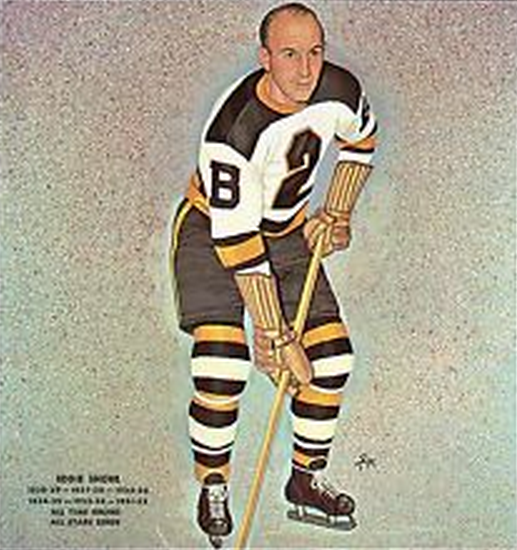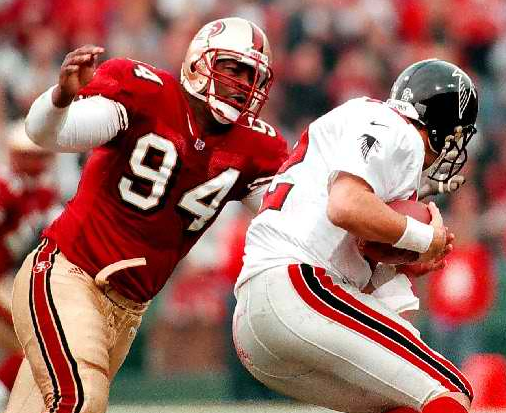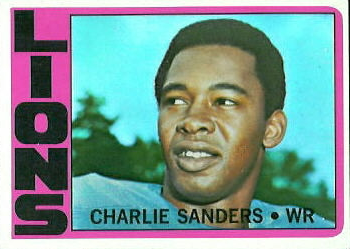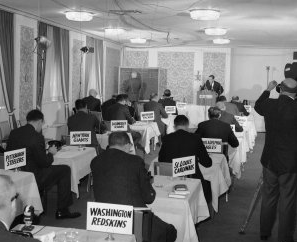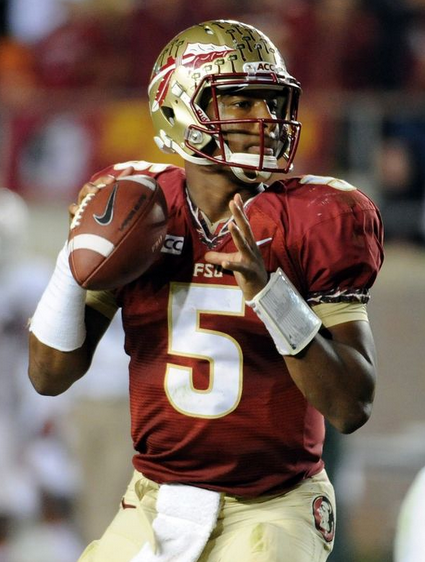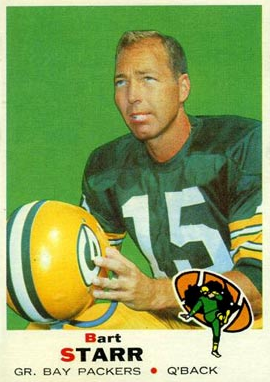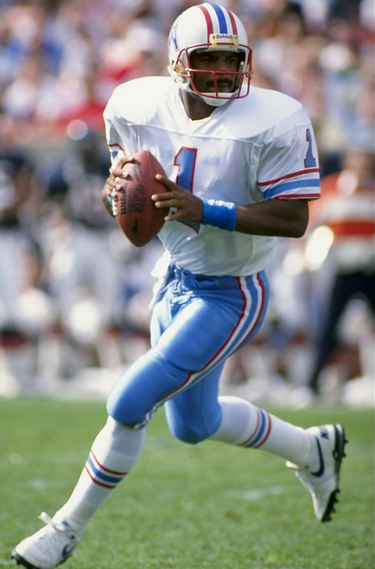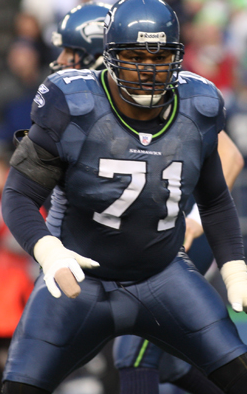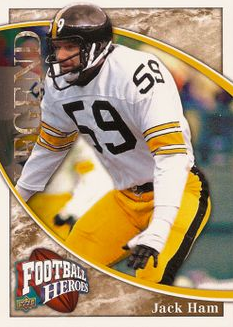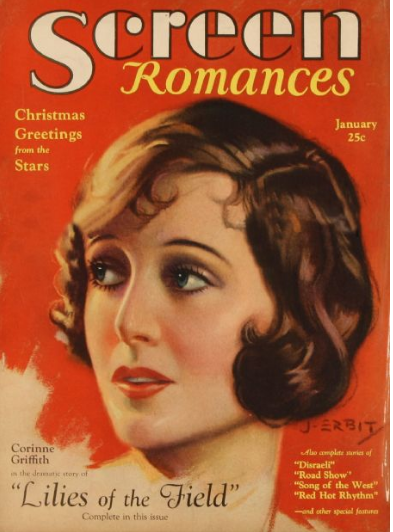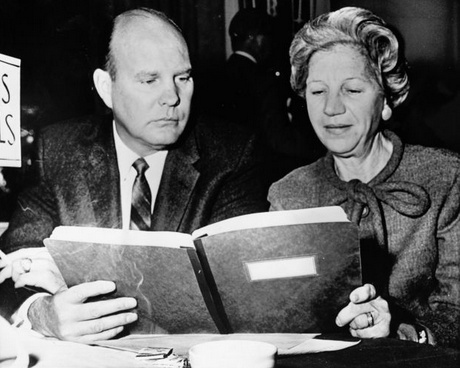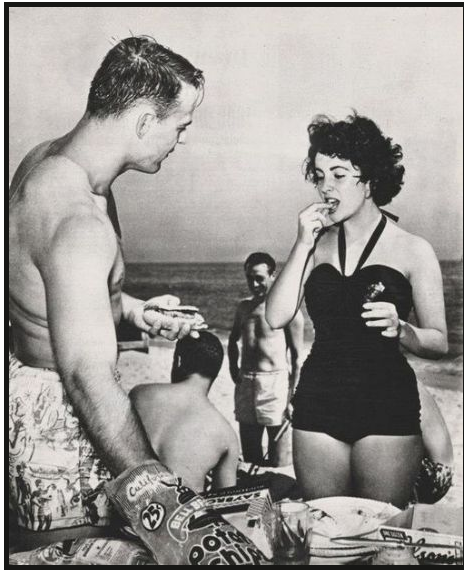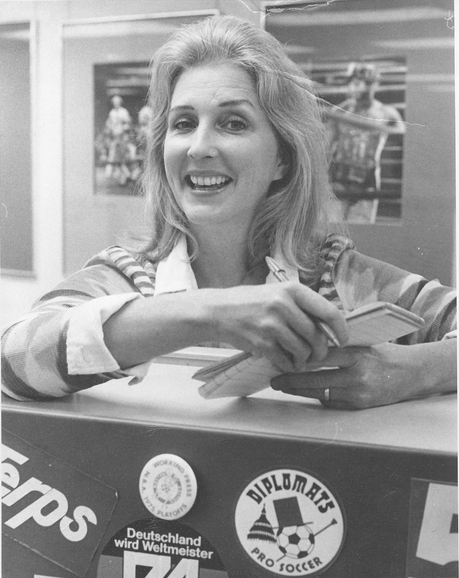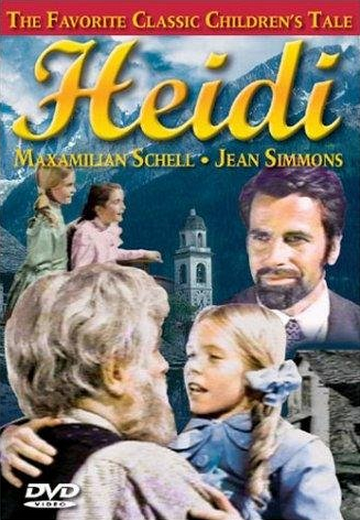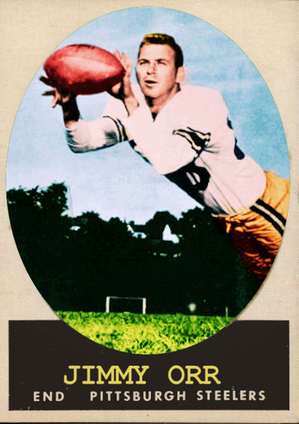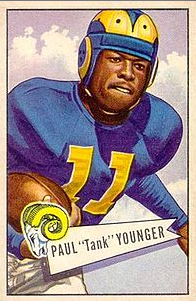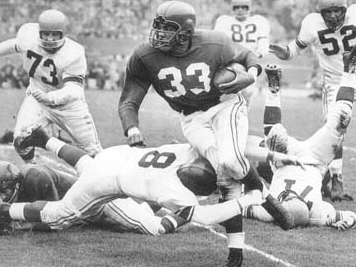A hundred years ago tomorrow, George Halas “died.” The word is in quotes because, well, he didn’t really die. At 20, he still had the Chicago Bears to found, the NFL to establish, the game of football to transform. But he easily could have died if he’d stuck to his original plan on July 24, 1915 to take the SS Eastland across Lake Michigan to the annual Western Electric Co. picnic. Indeed, one Chicago newspaper listed him among the 844 fatalities when the ship, packed with three times that many passengers, flipped over on its side while docked.
It’s one of the great what-ifs in sports history. What if Halas had boarded the Eastland that gloomy day — and suffered the fate so many did? What would pro football in Chicago look like today? Would the NFL still have climbed to the top of the sports mountain? Would teams be running souped-up variants of the single wing instead of Papa Bear’s baby, the T formation? Terrific cocktail-party questions, each and every one.
The Eastland disaster is Chicago’s version of the Titanic — all the more haunting, perhaps, because it happened not in the dark of the distant North Atlantic, where the cries for help couldn’t be heard, but on a Saturday morning in the Chicago River, smack downtown. The tragedy unfolded right before the city’s disbelieving eyes. Photographers shot picture after harrowing picture of passengers clinging to the side of the ship, victims being pulled from the water, bodies lying silently side by side in the 2nd Regiment Armory, where a makeshift morgue was set up.
The next day in the Chicago Tribune, a local theater chain ran an ad that said: “[It] has [been] decided that, “owing to the horror of the Eastland disaster, no motion pictures of the catastrophe will be shown.” (Interestingly, this past winter, the first known footage of the fiasco was discovered in a Dutch newsreel.) Here’s The New York Times’ story about it. And here’s the clip itself:
At first, there was wild speculation about the death toll. The Times reported that 1,800 had drowned. The Boston Post put the number at 1,500, the Syracuse Herald at 1,300. The high, that I’ve seen, was 2,000 (Salt Lake Tribune, among others), the low 919 (Chicago Tribune). It probably depended on when the paper went to press.
Halas, a rising sophomore at the University of Illinois, was working that summer in Western Electric’s payroll department in Cicero. It was invaluable experience for a future NFL owner. As he wrote in his autobiography, Halas, “I learned to be precise and to keep meticulous records.” During the lean early years, especially — when franchises were always failing — his ability to keep the books balanced would serve him well.
The company picnic was held in Michigan City, Ind., on the other side of the lake from Chicago. Five boats, leaving one after another, were to ferry employees, family and friends to the event. Halas was booked on the first to depart, the Eastland, and over the years he offered two explanations for why he wasn’t on board when it capsized.
The first was that he’d been delayed at home by his brother Frank, who’d stopped him as he went out the door and told him to step on a scale. George was trying to put on weight for football — he’d been a wiry 140 as a freshman — and Frank wanted him to add 40 pounds before the next season.
“I never won an argument with Frank,” George wrote, “so off came the clothes.” He weighed in at 163, certainly an improvement.
“Just do everything I tell you and you’ll be OK, kid,” Frank told him. “Now get dressed and catch that boat.”
Anybody buy that story? Me, neither. After all, how long does it take to weigh yourself, even when you have to strip down to the bare essentials? George would have had to be cutting it awfully close to miss his boat.
In a 1967 series for the Tribune, he gave another version of events. He was supposed to play for the company baseball team that day as part of the festivities, he wrote, and “I had my ticket and my name was on the list of Western Electric employees slated for the Eastland. But the ballgame was scheduled for late afternoon, and I decided to take another boat leaving an hour after the Eastland.”
This sounds more plausible. Still, there’s at least one other possible scenario. Ralph Brizzolara, a lifelong buddy of Halas’, also worked at Western Electric that summer and he, too, was booked on the Eastland. (Brizzolara later owned a small piece of the Bears and helped run them when Halas enlisted in the Navy during World War II.) Anyway, after waiting in vain for George at the dock, Brizzolara boarded the ship – and was fortunate to escape with his life.
“My father was pulled through a porthole [to safety],” his son, Charles, says in Jeff Davis’ book, Papa Bear.
Charles, who’s heard all the stories, has his own theory about why Halas wasn’t aboard: “George just overslept.”
Impromptu weigh in, schedule change, inability to rouse himself — take your pick.
The Monday evening after the disaster, a couple of Halas’ fraternity brothers showed up at his house. They had seen Halas’ name in the paper — “a reporter had obtained a list of Western Electric employees assigned to the Eastland and assumed that I was on board,” George wrote in the Tribune series — and came to pay their respects to his family.
“I’ll never forget the shocked look on their faces when I opened the door,” he said. “When I missed connections with the ill-fated Eastland, I realized I was a very lucky man. Nothing which has happened since has given me any reason to think otherwise.”
Amazingly, that might not have been the only time Halas and the Eastland crossed paths. After being raised, the ship was sold to the Illinois Naval Reserve, which turned it into a gunboat and renamed it the USS Wilmette. In fact, it was used as a training vessel at Great Lakes Naval Station when Halas served there during World War I. Did George actually ride the waves on the Erstwhile Eastland when he wasn’t playing football for the Great Lakes Bluejackets (who, by the way, won the 1919 Rose Bowl)? There’s a good chance, yeah.
If so, he survived that encounter with the “death ship” as well. Though the Wilmette managed to stay afloat until it was sold for scrap in 1946, it was hardly a monument to engineering. Ernie Pyle, the famed war correspondent, had this memory of it from a reserve-duty stint in the ’20s: “It was still in sinking condition, I assure you. It constantly shied to the right, and once in a while felt as though it wanted to lie down in the water.”
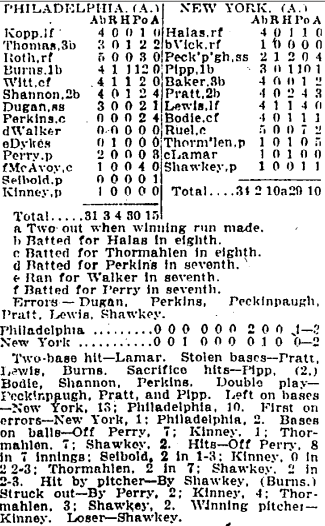 Once discharged from Great Lakes, Halas briefly played major-league baseball, getting 22 at bats with the 1919 (pre-Babe Ruth) Yankees before settling on pro football as a career. The rest, as they say, is history — volumes of it. It’s reasonable to wonder, though, how differently the NFL might look today if he’d caught the first boat leaving for the picnic.
Once discharged from Great Lakes, Halas briefly played major-league baseball, getting 22 at bats with the 1919 (pre-Babe Ruth) Yankees before settling on pro football as a career. The rest, as they say, is history — volumes of it. It’s reasonable to wonder, though, how differently the NFL might look today if he’d caught the first boat leaving for the picnic.
Would the Decatur Staleys, the first team he ran, even have joined the league — and would they have moved to Chicago when A.E. Staley’s starch company, trimming expenses, stopped sponsoring them? The Windy City, after all, already had an NFL franchise: the Cardinals. Besides, how many towns could adequately support two clubs, particularly during the Depression?
So maybe, under another man’s direction, the Decatur Staleys would have remained an independent team — of which there were many in that era. And maybe, without Halas’ boundless energy and ambition, they would have disbanded when forced to go it alone in 1922. That’s right, the Chicago Bears might never have existed . . . and the Cardinals might be playing at Soldier Field.
Then there’s Halas’ pet project, the T formation. It turned the game on its head with its spread alignments, direct snap to the quarterback and man-in-motion. Nobody in the pro game — absolutely nobody — was tinkering with the T in the early days except George, who had played it in college at Illinois. Every other club was running the single wing and/or double wing. Heck, even the Bears included some single wing in their offensive mix. Without Papa Bear and collaborators Clark Shaughnessy and Ralph Jones, would the T have evolved, taken root the way it has? There are no guarantees.
It was also Halas who brought Hugh “Shorty” Ray into the league as a technical advisor. Ray, a former Big Ten official, had a huge — if below-the-radar — impact on pro football’s development. He tidied up the rulebook, increased the pace of the game and made it much more of an offensive show.
“Shorty Ray was the greatest thing I ever did for the National [Football] League,” Halas once said. “He was the smartest man in rules ever. He was a genius.”
Remove Ray from the equation and there’s no telling what shape pro football would be in today. In the single-platoon era, before he was hired, the games could be ponderous, low scoring and, in many ways, held back by the rules. By the time he was done, pro football was no longer a rattletrap of a Model A. It hummed. (Shorty, for instance, was the guy who told officials to speed things up by throwing the ball back to the line of scrimmage instead of carrying it back, which ate up time and cut down on the number of plays in a game.)
I could go on, but you get the idea. A century ago, five years before the NFL was born — when the pro game was decentralized and teams like the Massillon Tigers and Fort Wayne Friars roamed the earth — George Halas missed the proverbial boat, a boat that, for 844 cursed souls, took them only to The Hereafter. Exactly how and why this happened will never be fully known, which is part of the fascination of it. Something to think about as the league, America’s most successful by several touchdowns, gets ready to kick off its 96th season. What if.




